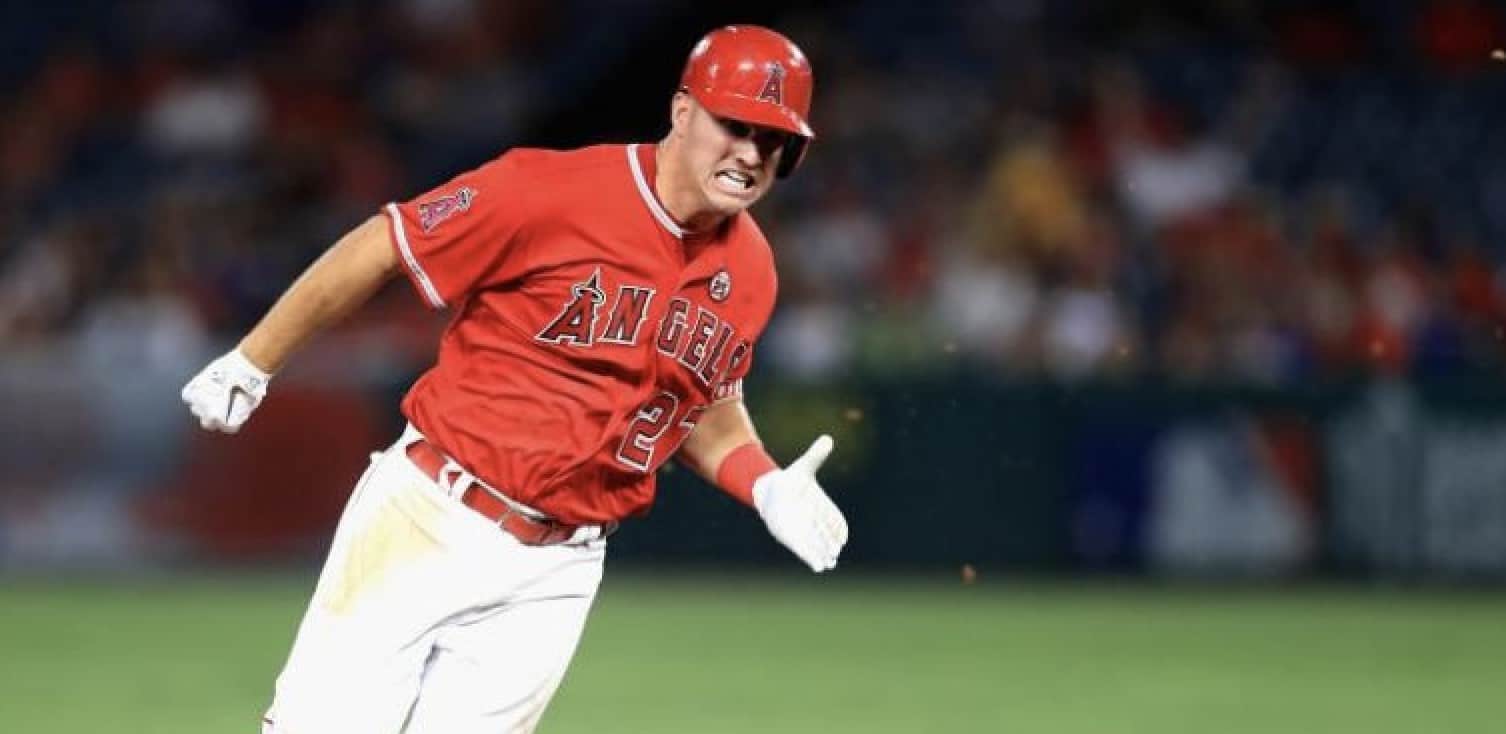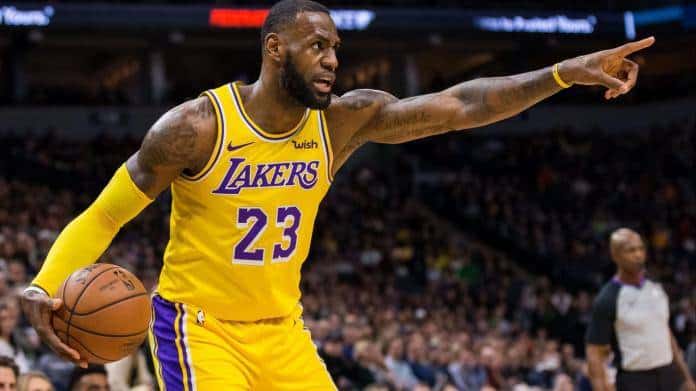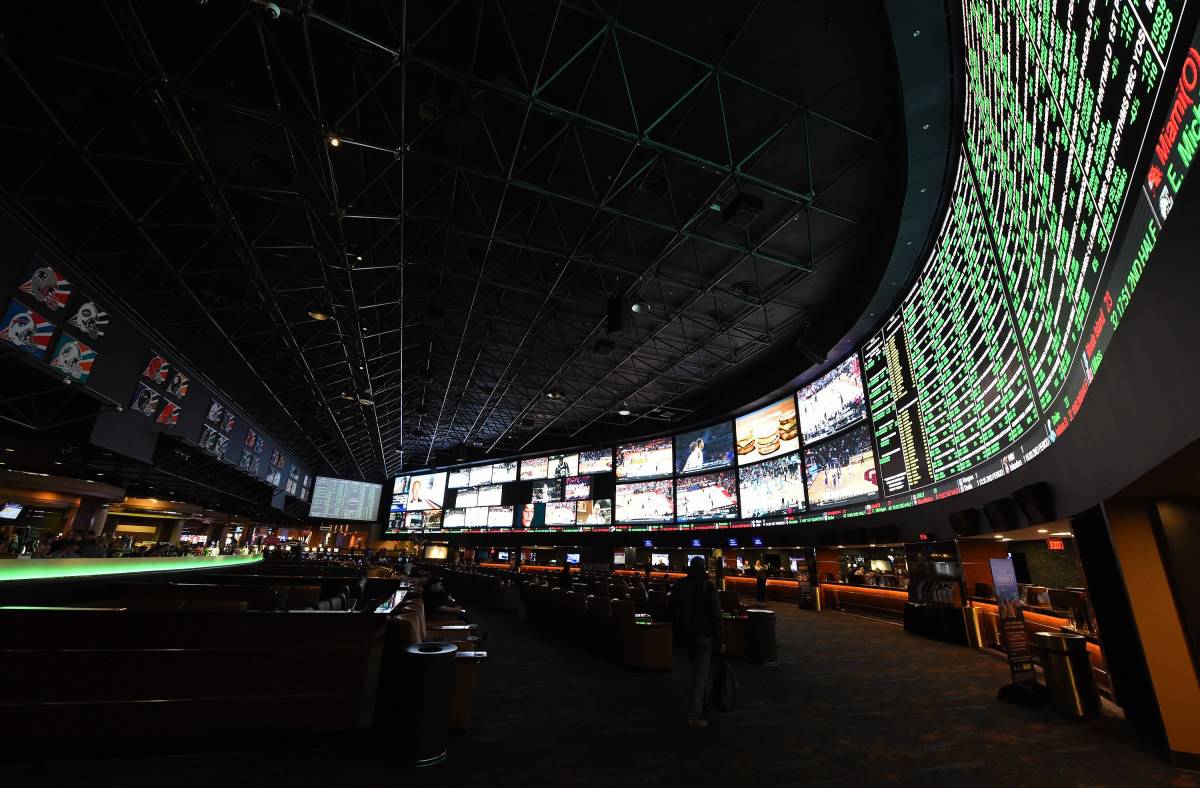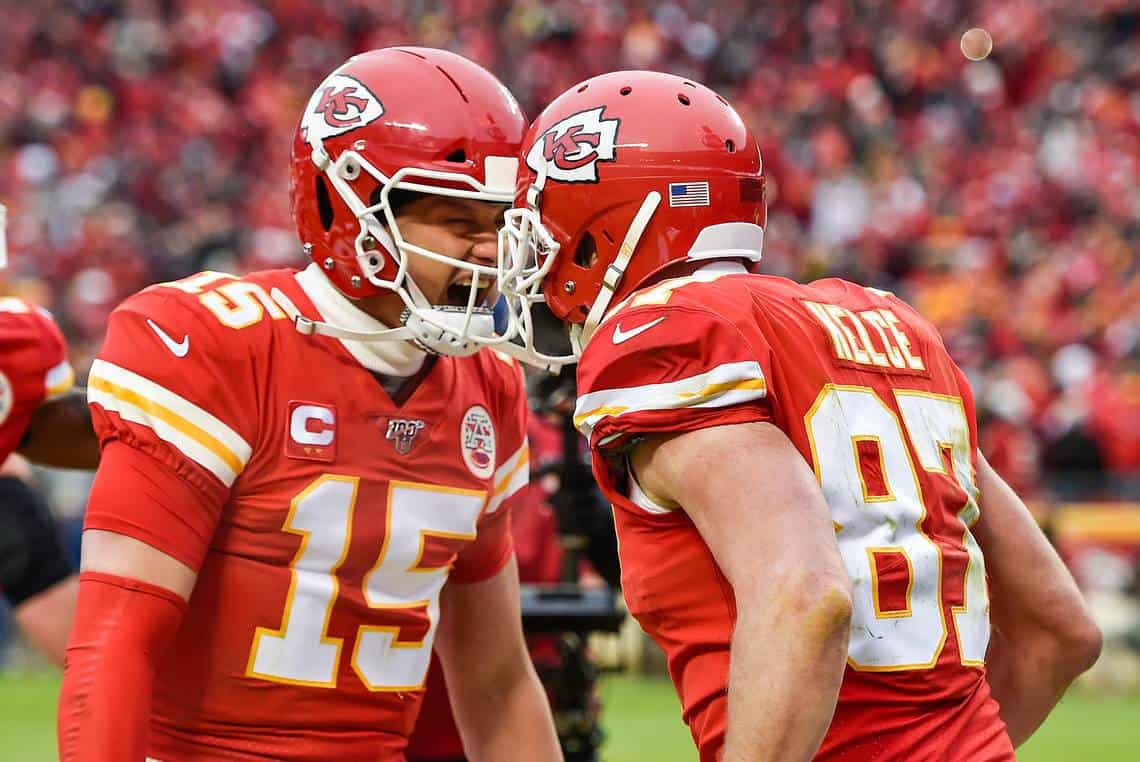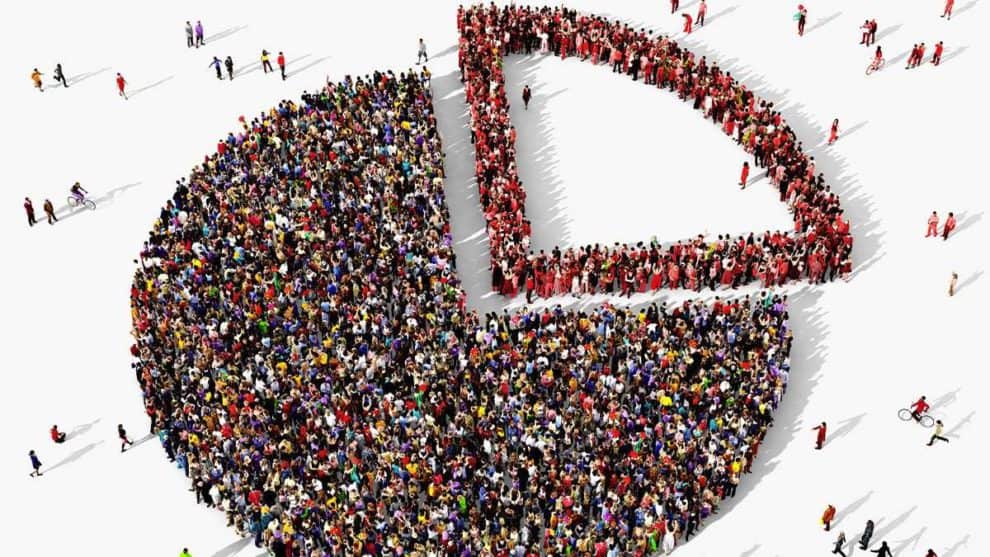
- The 2020 Presidential election is breaking records for betting handle all over the world.
- On election night, betting odds quickly reflected that Trump was still in a position to win a second term in office.
- As in 2016, scientific polling got the dynamics of the Presidential race completely wrong.
The 2020 US Presidential election has been a huge betting event worldwide with some sportsbooks reporting the biggest handle in their history. The betting odds heading into last weekend suggested that Joe Biden was a -210 to -250. By Sunday, BetOnline.ag had Biden down to a -180 favorite and takeback on Trump at +160.
Even though these betting lines had Biden favored they certainly didn’t reflect the polling data. FiveThirtyEight gave Biden an 89% chance of winning to 11% for Trump. RealClearPolitics used an aggregate of other polling sources but pegged Biden’s lead at 7.4%. How far off are these numbers relative to the betting lines? If the implied probability of the betting line on Biden to win the Presidency was reflective of an 89% chance it would be approximately -810. Biden’s price never exceeded -300 at any significant sportsbook in the world.
Joe Biden could end up winning the Presidency but it would be in no way a ‘landslide’. So how could the polling establishment get this race so completely wrong *again*? All along, I’ve maintained that dynamics of the 2020 Presidential race were ‘eerily similar’ to those of the 2016 race. The media liked to focus on the COVID-19 pandemic as being some type of massive ‘wild card’ but at least as far as the election is concerned that never was the case. Throw that out of the equation and the media reported the race the same way, the Democrats ran essentially the same campaign that they did with Hillary Clinton in 2016 and the pollsters came up with numbers to suggest that Trump had no chance to win.
From my perspective, the dynamics of the election have been very simple. 50% of the population doesn’t vote. The rest are split in their support or disdain for Trump. The side that has the more enthusiasm about their candidate should–in theory at least–enjoy better turnout. Trump’s supporters are more enthused about him than his political opponents were about Clinton in 2016 or Biden this year. Since the electoral map favors Trump it was inevitable that we’d have a close race unless something changed that simple dynamic.
WHAT POLLING GETS WRONG
One of the more excruciating things I read on election day was one of the polling sites–I forget which one–offering a lengthy discourse on why their numbers will be right this time. It sounded more like a case of ‘wishful thinking’ than a legitimate mea culpa. All of their excuses and rationalizations did nothing to dispel my skepticism and served only to reinforce my belief that they learned nothing from their poor showing in 2016.
One major component of polling’s struggle is very much ‘Trump-specific’. Pollsters have never gotten a handle on Trump’s base of support. If a scientific poll can’t demographically define who will be backing a candidate and why their models are all but useless. There’s little to suggest that polls have improved since 2016 in this regard. Trump’s GOP adversaries couldn’t figure out the nexus of his support in 2016 which is how he got nominated in the first place. The Democrats either couldn’t or wouldn’t figure it out–remember the ‘basket of deplorables’ line? It was the type of disdain that no doubt got big guffaws among true believers but that isn’t how you win elections.
The inability to accurately model Trump’s base of support has resulted not only in wildly inaccurate polling data but a Democratic campaign strategy that arrogantly assumes victory. Biden has offered nothing in the way of a reason to vote for him and little to get his support base energized. The message this year was the same in 2016: “Our candidate isn’t Trump”. The inability to even consider the possibility that half the electorate supports Trump to some degree makes it impossible to run a more focused campaign.
There also appears to be a more systemic problem. Even if pollsters *could* accurately model Trump’s supporters they’re facing an uphill struggle getting in touch with them. Technology has largely made it possible to completely avoid communicating with anyone you choose not to. This applies to telemarketers, scam artists, horny perverts and political pollsters. The byproduct of this is that more and more of the people that respond to pollsters have a political motive for doing so. Others just like to screw things up by giving incorrect answers. The ability insulate ourselves against anyone we don’t want to communicate with isn’t going anywhere–in fact, it’ll only become more sophisticated going forward.
POLLING NEEDS TO RE-INVENT ITSELF OR BECOME OBSOLETE
Something I only recently learned–Presidential betting was huge in the United States dating back to the 1800’s. Not only did average Americans enjoy betting on political races but major newspapers routinely reported the odds as front page news. Before the advent of scientific polling methods the best way for the media to determine which candidate was winning and by how much was to extrapolate it from the betting odds.
It may have come full circle. The betting odds were my first tip off to the inaccuracy of the polling in 2016. This year, while polls predicted a relatively easy Biden win the betting odds strongly suggested otherwise. On election night, the most expedient way to keep up with the ebbs and flows of candidate momentum was by monitoring the betting odds.
No matter which candidate ends up winning this election scientific polling has been a loser in a landslide. Unless they find a way to reinvent the industry for the 21st Century they’ll continue to struggle. There’s no substitute for just ‘following the money’ and letting the odds market tell you what is happening.






